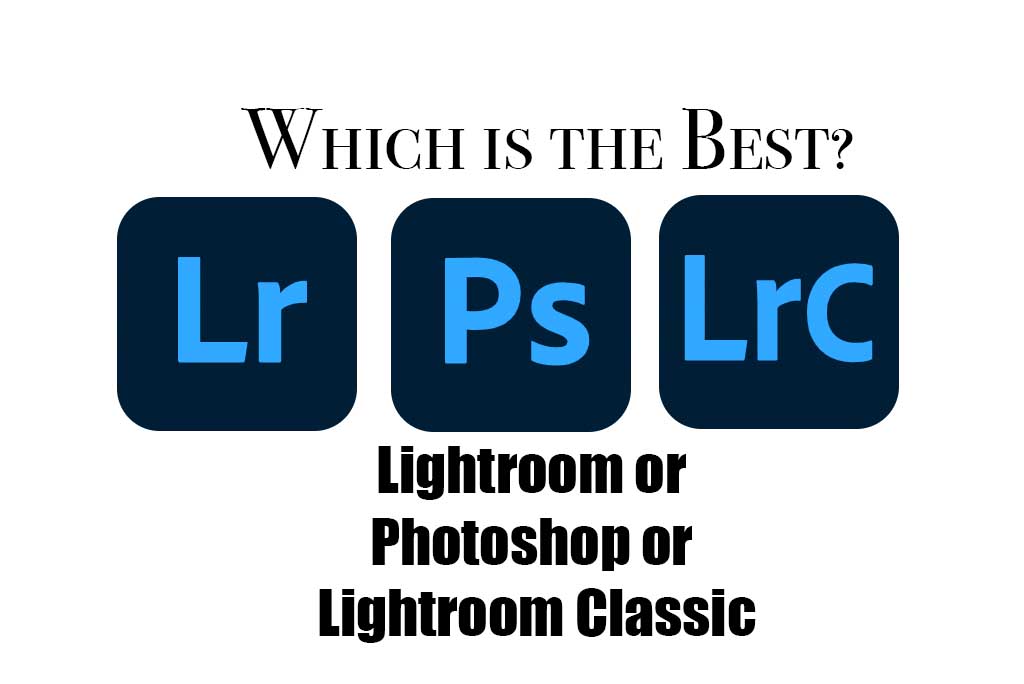

The early iteration of Lightroom hardly had any editing capabilities. The application was given the name Adobe Photoshop Lightroom. And for the Develop module took the Adobe Camera Raw (ACR) plugin from Photoshop and built a new interface around it. It built the Library module from scratch to address digital asset management (DAM). In 2006 Adobe released the first version of Lightroom. This photo is the result of my first steps with Lightroom To close the gap, Adobe created a new application to accompany Photoshop, aiming to simplify the management of the high volume of digital photos. But Photoshop was not equipped to handle large photo libraries because it did not have digital asset management (DAM) module. Because of the low cost of taking additional shots in digital photography, the number of photos taken with digital cameras skyrocketed. It allowed photographers to edit natively RAW images and rasterize them for further manipulation in Photoshop.īut the new issue emerged almost immediately. In 2003 Adobe completed the development of the Adobe Camera Raw (ACR) application as a plugin for Photoshop. With the explosion of digital photography at the beginning of the century, Adobe realized that Photoshop urgently needed support for a new file format of digital photography – RAW images. Lightroom Classic vs Lightroom CC | Final Thoughtsĭid you know that the original Lightroom’s name is Adobe Photoshop Lightroom?Īdobe released Photoshop in 1990, becoming the world’s standard graphic editing and compositing application.Lightroom Classic vs Lightroom CC: the Main Differences.


 0 kommentar(er)
0 kommentar(er)
